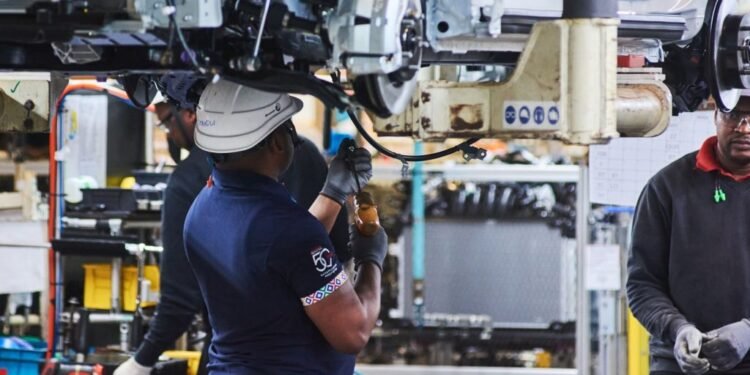South Africa’s employment rose above the level it was before the coronavirus pandemic struck, as finance and community and social service sectors added jobs.
The number of employed people stood at 16.7 million in the three months through September, exceeding the number before the pandemic struck, data released by Statistics South Africa in the capital, Pretoria showed on Tuesday. That’s as the official jobless rate decreased more than expected to 31.9% in the quarter from 32.6% in the prior three months. The median estimate of five economists in a Bloomberg survey was 32.5%.
ADVERTISEMENT
CONTINUE READING BELOW

Unemployment, according to the government’s expanded definition, which includes people who were available for work but not looking for a job, stood at 41.2%, compared with 42.1% in the June quarter.
Read: Few jobs in SA for (black) people who didn’t finish school
Persistently high unemployment poses a threat to social stability in Africa’s most-industrialised economy and complicates efforts to collect more taxes, reduce the budget deficit and slow debt growth.
It’s also made it harder for the National Treasury to stop funding a social relief grant — a welfare payment the government started providing to low-income households during the coronavirus pandemic.
In its Medium-Term Budget Policy Statement on November 1, the Treasury allocated R33.6 billion for the R350 monthly stipend to be extended to March 2025, while warning that any further extension or replacement would require new revenue sources or reprioritisation of other spending items.
ADVERTISEMENT
CONTINUE READING BELOW
Read: Unemployment falls to lowest level in two years
South Africa’s unemployment rate has now been above 30% since the height of the pandemic in 2020, stoked by rolling power cuts instituted by Eskom and logistics constraints, which have hobbled economic growth.
© 2023 Bloomberg










